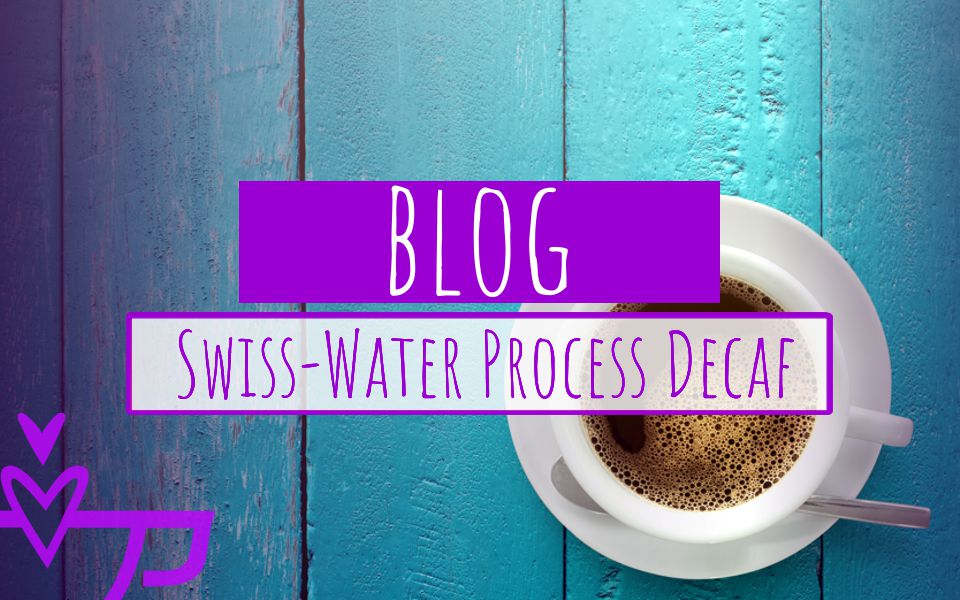
What does Espresso mean?
Espresso is one of Italy’s most famous contributions to the world. The beverage, commonly defined as a pleasure more than a simple coffee, is an important, almost ritualistic part of the day for most Italians. The birthplace of Espresso is located in the north of Italy, where in 1884, Angelo Moriondo of Turin, was granted the first patent for “new steam machinery for the economic and instantaneous confection of coffee beverage.” A myriad of new patents and designs by other companies would follow in the beginning of the 20th century.
The name Espresso is derived from the quick or express preparation of the drink. And when you are served a great Espresso, you realize it immediately. The dense, complex, contrasting sweet and bitter flavors make clear, this is a great process to extract maximum coffee flavor. In fact, Espresso is also the base of other popular beverages, like the Cappuccino, Latte, and Macchiato. Which makes it a fundamental part of the coffee drinking experience around the world.
How is Espresso prepared?
The general process to obtain coffee involves infusing boiling water into ground coffee. Espresso takes that process a step further, actually 9 atmospheres further to be exact. Using special machines, high pressure water passes through the coffee mixture, which is protected by a filter to avoid coffee granules ending up in the drink. This forceful process uses great pressure to produce a high rate of extraction, that is, a dense liquid with high coffee powder per unit volume of water. Additionally, there’s also the wonderful froth or Crema, that forms on the surface of a well-pressed espresso. This beautiful golden layer of froth is the most appealing and palatable characteristic of the beverage.
To prepare a great Espresso, we must first adhere to a few basic guidelines:
• Extraction time should be around 25–30 seconds.
• Depending on your espresso basket, the amount of ground coffee used per extraction is around 8–10 grams.
• The result of the extraction should be an espresso shot of 25–35 ml
Your machine, grind size, roast profile, and other parameters greatly affect the result of your Espresso. For example, one problem we experienced several times early on, was grinding the coffee very finely and then pressing it with too much force, essentially creating a blockage. It took some time to understand how our machine worked and how we could create the perfect cup with it.
Remember, serving great coffee takes practice, just like any other craft.
Follow these steps to prepare the perfect cup of Espresso:
Step 1: Cup
Warm up a cup by rinsing it with hot water. This will preserve for a longer period of time the temperature of your delicious, golden Espresso.
Step 2: The Porta filter & Basket
Make sure your Porta filter and basket are clean and dry. This is your main tool for extracting great coffee so it should be spotless.
Step 3: Grind & Dose
Pros use a scale to ensure that the perfect Espresso is replicable. Grind size is extremely important as well, since it dramatically affects the taste of the coffee. The rule of thumb is that under-extracted coffee will taste sour; Over-extracted coffee will be bitter. A great alternative is a calibrated on-demand grinder that will ensure that you have consistent grinding and dosing results.
Step 4: Tamp
Tamp the coffee to ensure proper distribution. It’s just like a baking a dense cake, you want to avoid air pockets. This step is critical and should be done with care. Ensure your tamper is straight, apply enough pressure and remove carefully to leave the surface flat. You can go back with the tamper to spin it and level the coffee.
Step 5: Clean and Rinse
Clean the surface of the metal and surroundings of the porta filter and basket to ensure no coffee ground fall into the cup. Also rinse the group head before you insert the porta filter, that way you are certain that no leftover coffee will interfere with the taste.
Step 6: Pull
You are ready to use all your knowledge to press that button and start extracting a delicious, aroma-filled, Espresso. Once your 25–30 second pull has elapsed, remove the cup and serve immediately. Follow the guidelines previously mentioned and fine tune the grind to achieve your desired result.
After preparing a delicious Espresso it’s time to discard the used coffee, also known as a puck, and clean your equipment so you’re ready when the next espresso! Hope you enjoyed the journey. Stay tuned from more amazing coffee content.



